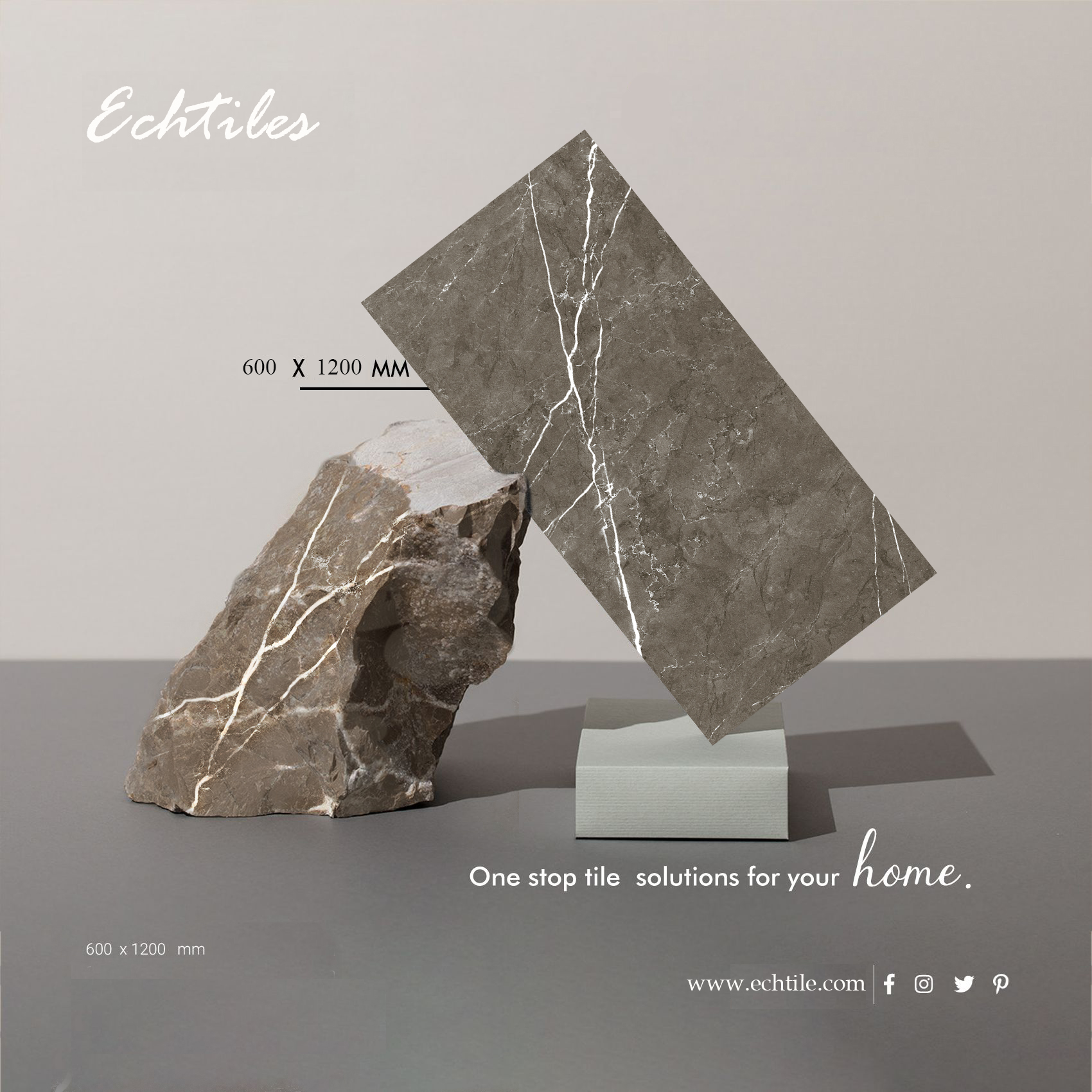What is porcelain ceramic?

What is Ceramic porcelain
Porcelain is a combination of clay, feldspar or granite that is compacted by high pressure and heat and is eventually produced as a ceramic. The high strength and durability of porcelain has led to its use in many buildings today. What is porcelain ceramic?
Types of porcelain
There are two types of polished porcelain and glazed porcelain in the market. The difference between the two is summarized in the manufacturing process. There is an additional step in the process of making glazed porcelain, in which a layer of liquid glass is drawn on the white clay surface and then the ceramic firing steps are performed.What is porcelain ceramic?
Resistance to stains and moisture is the most important advantage of using glazed porcelain over polished porcelain; But the big problem with glazed porcelain is its high slipperiness. Therefore, in humid environments such as laundry, kitchen or bathroom, it is better to use polished porcelain.
The price of porcelain is determined based on items such as color, area, texture characteristics and various materials. To see the types of porcelain models, refer to them as products or refer to the Instagram of Eram Chehelston Tile Company.
Porcelain tiles compared to ceramic tiles
According to the industrial group responsible for distinguishing a tile from ceramic or porcelain, it all depends on whether the tile can meet certain water absorption criteria. Porcelain tiles have a water absorption capacity of 0.5% or less.
To test this, the burned tile in the kiln is first weighed, then boiled for five hours and left in water for up to 24 hours. Then it weighs again. Porcelain is considered if the weight of the tile is less than half a percent as a result of increasing water absorption to the surface.
To achieve such a density, a special glycoline compound is used, which is better and purer than ceramic. This material often contains significant amounts of quartz and feldspar.
Porcelain tiles are heated at a temperature between 2200 and 2500 degrees Fahrenheit. From the customer's point of view, this temperature is usually enough to say that porcelain is dense, has a good composition, and is a soft tile that is water resistant compared to ordinary tiles.
Both ceramics and porcelain usually have a glossy surface that makes them difficult to distinguish from each other. But some leave the ceramic tiles unpolished while the porcelain is always shiny.
As it turns out, ceramics and porcelain are made in different ways and differ in installation and performance, but these differences are very subtle. The main difference is that porcelain tiles are more resistant to water compared to ceramic tiles and are less prone to swelling with water.
Appearance
Both ceramic and porcelain tiles are often produced with a glossy coating on the surface and are indistinguishable at first glance. A new initiative on porcelain is that they can be made to look like other materials.
While ceramic tiles are often plain and uniform in color, porcelain tiles are made to look like natural stone such as marble, or even grooved wood.
Porcelain tiles are denser, heavier, and more water resistant, making them a better choice for outdoor and outdoor use. Use outdoors is recommended only in areas with a temperate climate. Both ceramics and porcelain have good heat resistance and are often used for openings.
cleaning
Ceramic and porcelain tiles have similar needs in terms of care and cleaning. Water and stains should be removed immediately and grout tiles should be applied from time to time to prevent the formation of stains and algae in the pores between the tiles.
Shelf life and maintenance
Porcelain flowers are denser and less porous than ceramics. This makes porcelain stronger and more resistant to moisture compared to ceramics. What is porcelain ceramics?
Porcelain tiles are not only denser, but also more durable due to their richer composition and are better for use in large quantities than ceramic tiles. If you break a ceramic tile, you will find another color under the glossy layer
. If you break a porcelain tile, you will see that the same color continues throughout the depth of the work. As a result, the fracture is almost invisible.
Click on the link below to see the ceramics produced.
https://echtile.com/fa/category/matte/%d8%b3%d8%a7%db%8c%d8%b2-120-60
Why is ceramic better than parquet?
Why should we choose ceramic flooring? What is parquet or flooring? Why is ceramic better than parquet?
Become a member of our Instagram page: